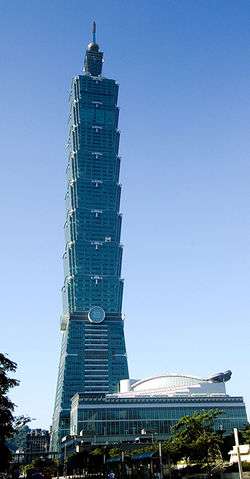China Circle
The China Circle refers to the economic relationship between the PRC, Hong Kong, and Taiwan. Professor Barry Naughton coined the term in his book, “The China Circle.”
During the 1960s and 1970s, Hong Kong and Taiwan specialized in labor-intensive manufactured exports that mainly went to the United States market. By the mid-1980s, however, rising land and labor costs, coupled with current realignments, created pressures for manufacturers to move to lower-cost locations. Additionally, national capabilities moved up as scientific education increased and commercial and financial experience accumulated. This created a “pull” for Hong Kong and Taiwan to move to high-skilled sectors.[1]
At the same time, China was opening up for foreign investment, and modeled parts of its economic reform after the successes of Taiwan and Hong Kong. This created an opportunity for Taiwan and Hong Kong firms to move their labor-intensive operations to their lower-cost neighbor, China. In the end, this created a regional production chain whereby Hong Kong and Taiwan specialized in high-value services and technology-intensive production and while the PRC took on the more labor-intensive manufacturing. This economic network is now known as “The China Circle.”[1]
Naughton attributes this move to three main factors. First, there was a global trend in increased intra-industry trade. Second, labor and land costs in China were low and access was made relatively open. Third, the common language and customs made cultural entry costs cheap.[2]

